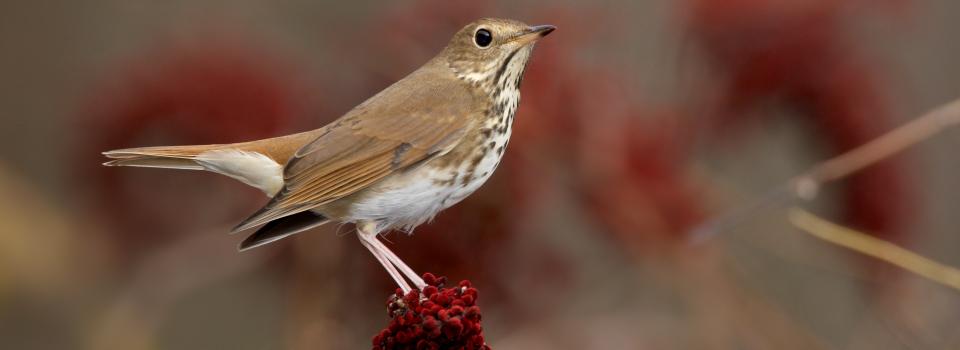
Hermit Thrush
Photo by: Robert Royse
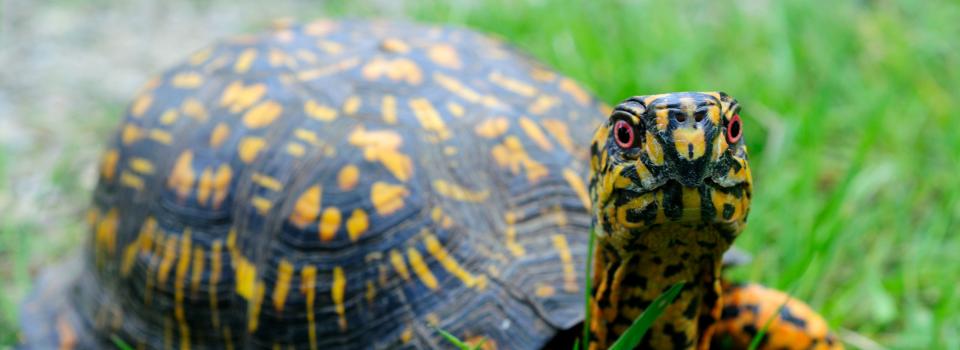
Box Turtle
Photo by: Jonathan Mays
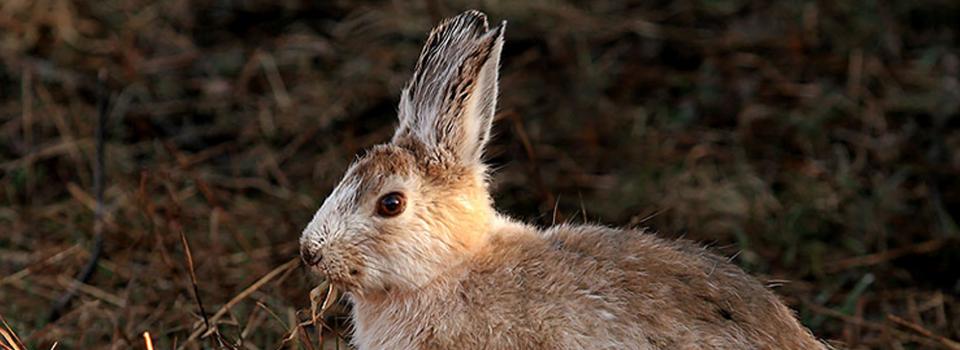
Snowshoe Hare
Photo by: Mike Hodgson

Timber Rattlesnake
Photo by: Kelly Wiley
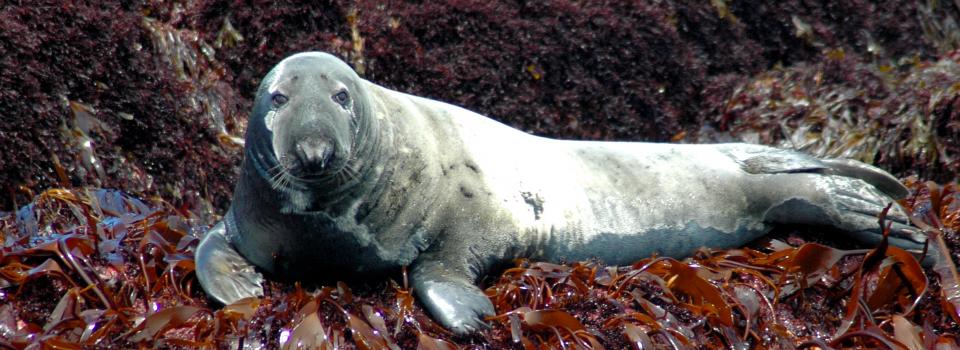
Gray Seal
Photo by: Jonathan Mays








Exotic invasive species pose a significant threat to species of greatest conservation need (SGCN) throughout the Northeast in a number of ways. Impacts may be direct (affecting individual health or productivity) or indirect (affecting habitat and/or ecosystem processes) or both. State wildlife action plans (SWAP) have identified wildlife species within each state that warrant some level of management concern. Causes for concern vary by species and typically loss of habitat, pollution, and other stressors are listed as contributors to population decreases. In some cases, invasive species have been specifically identified as impacting subsets of SGCNs within states but to date, there has been no assessment of the invasive species posing the greatest potential threat to SGCNs at the regional level.
The original goal of this project was to produce a list of invasive species that posed the most significant threat to SGCNs in the Northeast Region. However, during the process of completing the project it became evident that the true value in this effort lies in the data assembled and the ability for future users to customize it for their specific needs. Therefore, the goal of this project was amended to focus on the provision of these data tables provided below and a process for modifying them to allow users to modify them and generate lists reflecting their own importance criterion. There are a number of different ways to evaluate the impacts of invasives. These metrics can be as simple as the number of SGCNs impacted by each invasive, or can be more complex incorporating invasive characteristics, impacts, or weighting values. We compiled several metrics that could provide users with a way to develop ranked lists either taken individually or used together (e.g., sum of ranks). Users should understand how each metric is calculated and what information is included in order to use the most appropriate metric for their needs. The metrics can be easily modified in MS Excel to produce custom values for specific needs.
This project was completed in January 2012. The final report and appendices A-D of data tables are provided below. The final report provides background information on how these data tables of SGCN and invasive species were developed and how they should be interpreted for prioritizing and ranking invasive species threats to SGCNs. Also provided is an example of how this information can be used to generate specific ranked lists of invasive species for terrestrial species in Pennsylvania. The example files contain a word document that walks the user through the process of using the 3 example excel files.
Name: Glen N. Stevens, Ph.D.
Title: Research Scientist
Organization: Conservation Management Institute, Virginia Polytechnic Institute and State University
Email: glsteven@vt.edu
Address: 1900 Kraft Drive, Suite 250 MS0534, Blacksburg, VA 24061
Phone: 540-231-7348
Fax: 540-231-7019
Name: Scott D. Klopfer, CWB
Title: Executive Director
Organization: Conservation Management Institute at Virginia Tech, College of Natural Resources and Environment
Email: sklopfer@vt.edu
Address: 1900 Kraft Drive, Suite 250, Blacksburg, VA 24061
Phone: 540-231-8825
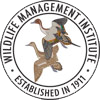
© 2020 A Wildlife Management Institute Project